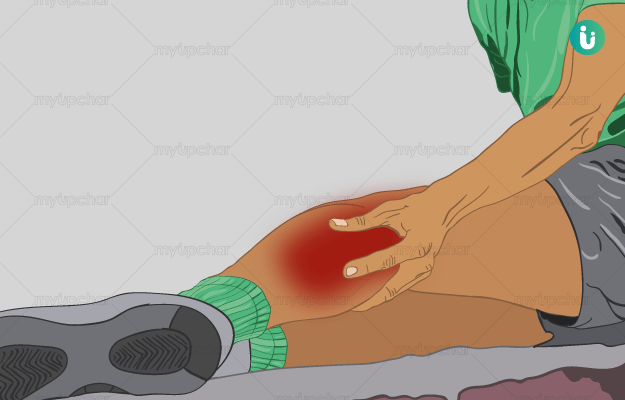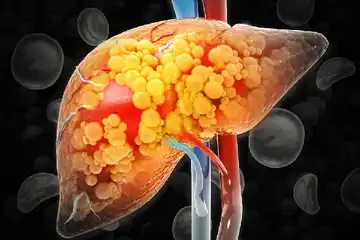The calf is the part of the leg that extends posteriorly from the knees to above the ankle. Gastrocnemius and soleus are the two major muscles that make up the calf. They function in lifting the heel to aid in walking, jogging or running. Ligaments, tendons, nerves, blood vessels also make up the calf and all of them are prone to injury and can result in calf pain.
Calf pain can last anywhere between a few hours to few days depending on the severity of pain. It can range from a slight discomfort to hampering a person’s overall movement. A pinched nerve, cramps or muscle strain are some of the most common reasons of calf pain but it can also be something more severe.
Most of the causes that lead to calf pain are treatable with adequate rest, heat compress, exercise, physiotherapy or medication.

 Doctors for Calf pain
Doctors for Calf pain  OTC Medicines for Calf pain
OTC Medicines for Calf pain
 Calf pain articles
Calf pain articles

 Home Remedies for Calf pain
Home Remedies for Calf pain























 Editorial Team
Editorial Team











